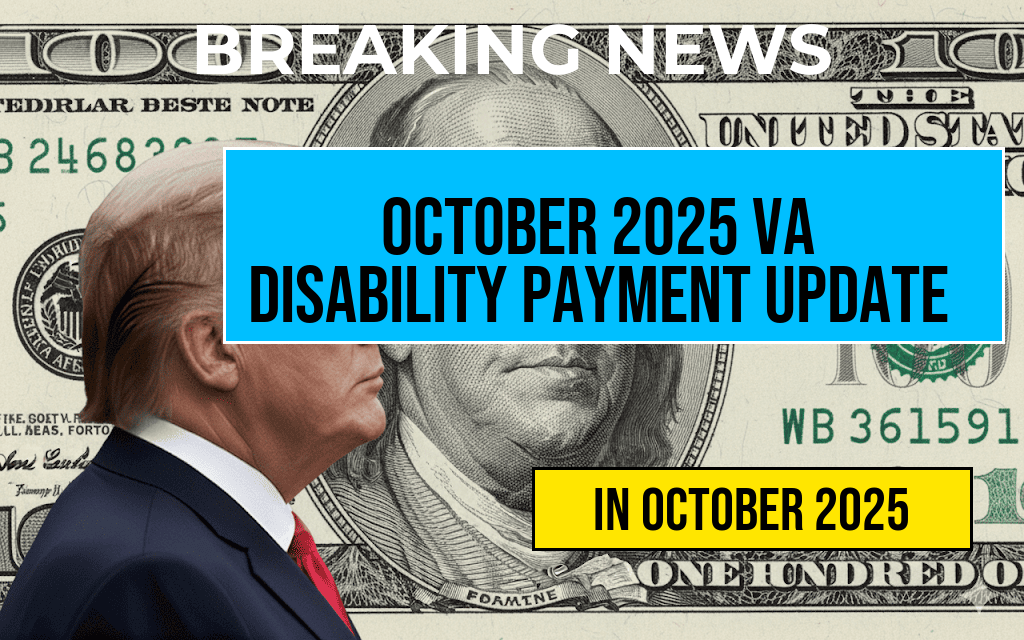As the year 2025 approaches, employees across the United States may find themselves benefiting from a unique tax deduction that allows them to unlock savings on up to $25,000 of their overtime pay. This opportunity, often referred to as the “overtime loophole,” presents a significant financial advantage for those who regularly work beyond their standard hours. With many employers facing labor shortages and increased demands for productivity, understanding this deduction can be essential for maximizing take-home pay. This article will provide a comprehensive guide on how to take advantage of this tax deduction, what qualifies as overtime pay, and the implications for both employees and employers.
Understanding Overtime Pay
Overtime pay is defined as compensation for hours worked beyond the standard 40-hour workweek. According to the Fair Labor Standards Act (FLSA), eligible employees must receive at least 1.5 times their normal wage for overtime hours. As the demand for labor increases, many employees are finding themselves working longer hours, making this deduction particularly relevant.
The Overtime Loophole Explained
The “overtime loophole” refers to a provision in the tax code that allows qualifying employees to deduct a portion of their overtime earnings from their taxable income. Specifically, individuals can claim a deduction on up to $25,000 of overtime pay, effectively reducing their overall tax burden. This deduction is especially beneficial for those in high-demand industries, such as healthcare, technology, and retail.
Who Qualifies for the Deduction?
- Full-time employees who regularly work overtime hours.
- Hourly workers who receive overtime pay as defined by the FLSA.
- Employees in industries where overtime is more common, such as construction or hospitality.
How to Claim the Deduction
Claiming the deduction on your tax return requires careful documentation and adherence to IRS guidelines. Here are the steps to ensure you can take advantage of this opportunity:
- Track Your Hours: Maintain accurate records of all hours worked, including overtime. This documentation will be crucial when filing your taxes.
- Consult IRS Guidelines: Familiarize yourself with IRS Publication 535, which outlines the specifics of claiming deductions for business expenses.
- Complete Your Tax Return: Use the appropriate forms (e.g., Schedule C for self-employed individuals) to claim the deduction. Make sure to include your overtime pay as part of your income.
Implications for Employers
While this tax deduction primarily benefits employees, it also has implications for employers. As companies continue to navigate labor shortages and increased operational demands, understanding how to manage overtime effectively is crucial. Employers should consider the following:
- Budget for Overtime Costs: With more employees likely to work overtime, it’s important to account for these additional costs in your payroll budget.
- Communicate with Employees: Ensure employees are aware of their rights regarding overtime pay and the potential tax benefits available to them.
- Evaluate Staffing Needs: Consider hiring additional staff or adjusting workloads to manage overtime effectively and avoid employee burnout.
Potential Changes in 2025
As tax laws evolve, it’s essential for both employees and employers to stay informed about potential changes to the overtime deduction. The IRS periodically reviews tax regulations, and adjustments may be made to the eligibility criteria or deduction limits. Keeping abreast of these changes will ensure that both parties can maximize their financial benefits.
Resources for Further Information
For more details on overtime pay and tax deductions, consider the following resources:
- IRS Publication 535
- U.S. Department of Labor – Overtime Overview
- Wikipedia – Fair Labor Standards Act
As 2025 approaches, employees should take proactive steps to understand and utilize the overtime deduction effectively. This opportunity may provide significant financial relief for those who find themselves working extra hours, making it a crucial aspect of personal finance planning in the coming years.
Frequently Asked Questions
What is the overtime loophole mentioned in the article?
The overtime loophole refers to a provision that allows employees to claim a tax deduction on up to $25,000 of their overtime pay in the year 2025, effectively reducing their taxable income.
Who is eligible to take advantage of the overtime deduction?
Employees who earn overtime pay and meet certain criteria set forth by the IRS will be eligible to take advantage of this tax deduction in 2025.
How can I maximize my benefits from the overtime loophole?
To maximize your benefits, ensure you keep accurate records of your overtime hours worked and consult a tax professional to understand how to incorporate this deduction into your overall tax strategy.
Will the overtime deduction affect my overall tax rate?
Yes, claiming the overtime deduction can lower your overall taxable income, which may result in a lower tax rate and ultimately reduce the amount of tax you owe.
When will the overtime deduction be available?
The overtime deduction will be available for the tax year 2025, so employees should plan ahead and stay informed about any related changes to tax laws that may affect eligibility.











